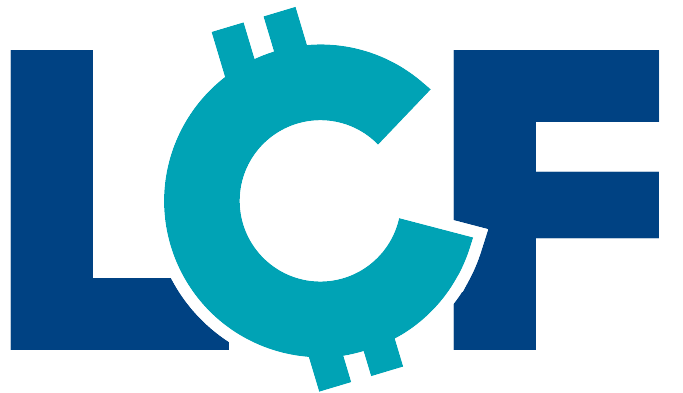Best Practices for Improving Your Online Invoicing
Lets Get Started
As a small business owner, ensuring the continuity of your cash flow should always be a top priority. Streamlining your invoicing process can significantly boost this cash flow, and there are best practices for invoicing that you can implement right away. Here’s how you can improve your online invoicing, get timely payments, and keep your business running smoothly.
Understanding the Importance of the Invoicing Process
An efficient invoicing process is critical for maintaining the accounts receivable, a vital part of managing the cash flow in your business. One of the easiest ways to optimize this process is by automating it using reliable invoicing software. This will not only save you time but will also minimize errors and late payments.
How to Streamline Your Invoicing Workflow
To streamline your invoicing workflow, automate as much of the process as possible. Start by choosing an invoicing system that can handle recurring invoices and send out automated payment reminders.
Use invoicing tools that have functionality like Quickbooks integration and offer a range of payment options including online payment, credit card, and PayPal. This will make the payment process convenient for your clients, improving the chances of prompt invoice payments.
The Power of Invoicing Software and Payment Methods
The right invoicing software can revolutionize your business invoicing. Ensure that your chosen software can generate invoice templates, automate the billing process, and incorporate different payment methods.
Using software that allows for digital payments is vital in today’s business landscape. Giving your clients the freedom to choose their preferred payment method increases the likelihood of timely payments.
Streamlining the Payment Process with Due Dates and Notifications
In any invoice, ensure to clearly state the due date. Unclear or missing due dates can lead to late payments, interrupting your cash flow.
Most invoicing software will have a functionality to automate notifications and payment reminders. Use these to send reminders a few days before the due date and follow up after the due date has passed if payment has not been made.
Utilizing Invoice Management for Late Payments
Late payments can severely disrupt your cash flow. Your invoice management system should include strategies for managing late payments, such as late fees.
However, encourage early payment by offering discounts or other incentives. This can positively impact your cash flow and strengthen your business relationships.
Maintaining Professionalism in Invoicing Clients
Your invoices should always be professional and consistent. Always include your business name, invoice number, and the purchase order if applicable. This makes your invoices easily trackable and reduces confusion for your clients.
The Role of Project Management in Online Invoicing
Online invoicing isn’t an isolated process – it’s an integral part of your overall project management. Connect your invoicing system with your project management tools to improve your workflow. This allows for accurate billing based on completed tasks or project milestones, ensuring that your invoicing aligns with your actual work.
Making the Switch from Paper Invoices
Traditional paper invoices can slow down your invoicing process. Switching to an online invoicing system is more efficient, faster, and it’s better for the environment.
Digital invoices allow for instant delivery, faster payments, and they can be easily organized and stored in your invoicing software or accounting software. This transition can drastically reduce the time between issuing an invoice and receiving payment.
Utilizing Invoicing Systems for Better Business Practices
By integrating online invoicing systems into your workflow, you’re not just improving your invoicing process but you’re also optimizing your business practices. This system should allow you to track your invoices in real-time, manage your accounts receivable, and ensure that your bank account remains healthy.
In conclusion, optimizing your invoicing process is not a luxury, but a necessity for every small business owner. Efficient invoicing practices help secure your cash flow, keep your accounts receivable in check, and ultimately contribute to the growth and success of your business. Remember, choosing the right invoicing software, streamlining your payment process, and maintaining professionalism are essential components of an effective invoicing strategy.
Adopting Merchant Cash Advances for Business Growth
With your invoicing process streamlined and cash flow optimized, it’s important to consider how to further boost your business’s growth. One increasingly popular solution is merchant cash advances. This can provide your business with the needed capital to take advantage of opportunities as they arise.
A merchant cash advance can be used to invest in new equipment, hire more staff, or even open a new location. This flexibility, combined with the streamlined invoicing and efficient cash flow management discussed earlier, can empower you to guide your business towards sustainable success.
It’s also important to know, having a strong invoicing system may help you qualify for a greater advance, as well as quicker funding.
Final Thoughts
As a small business owner, your time is your most valuable asset. By implementing these best practices for improving your online invoicing, you can save precious time, reduce stress, and focus more on growing your business. Don’t let outdated methods or inefficiencies hold you back. Embrace these strategies, invest in reliable invoicing software, and let automation streamline your processes. Combine these with the flexibility of merchant cash advances and you’re well-equipped to navigate the challenges ahead. Remember, every step taken towards better invoicing practices is a stride towards a more prosperous and successful business.




